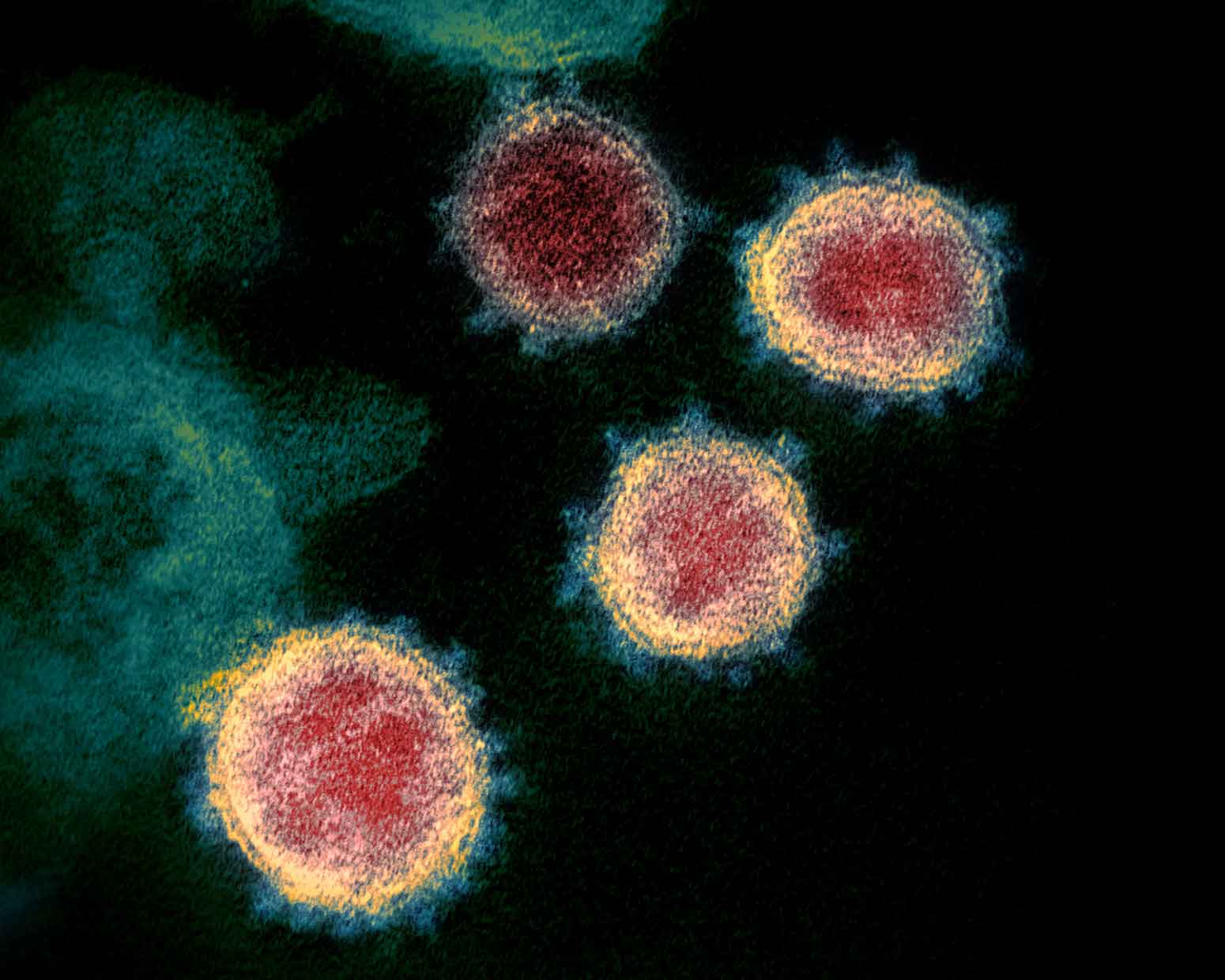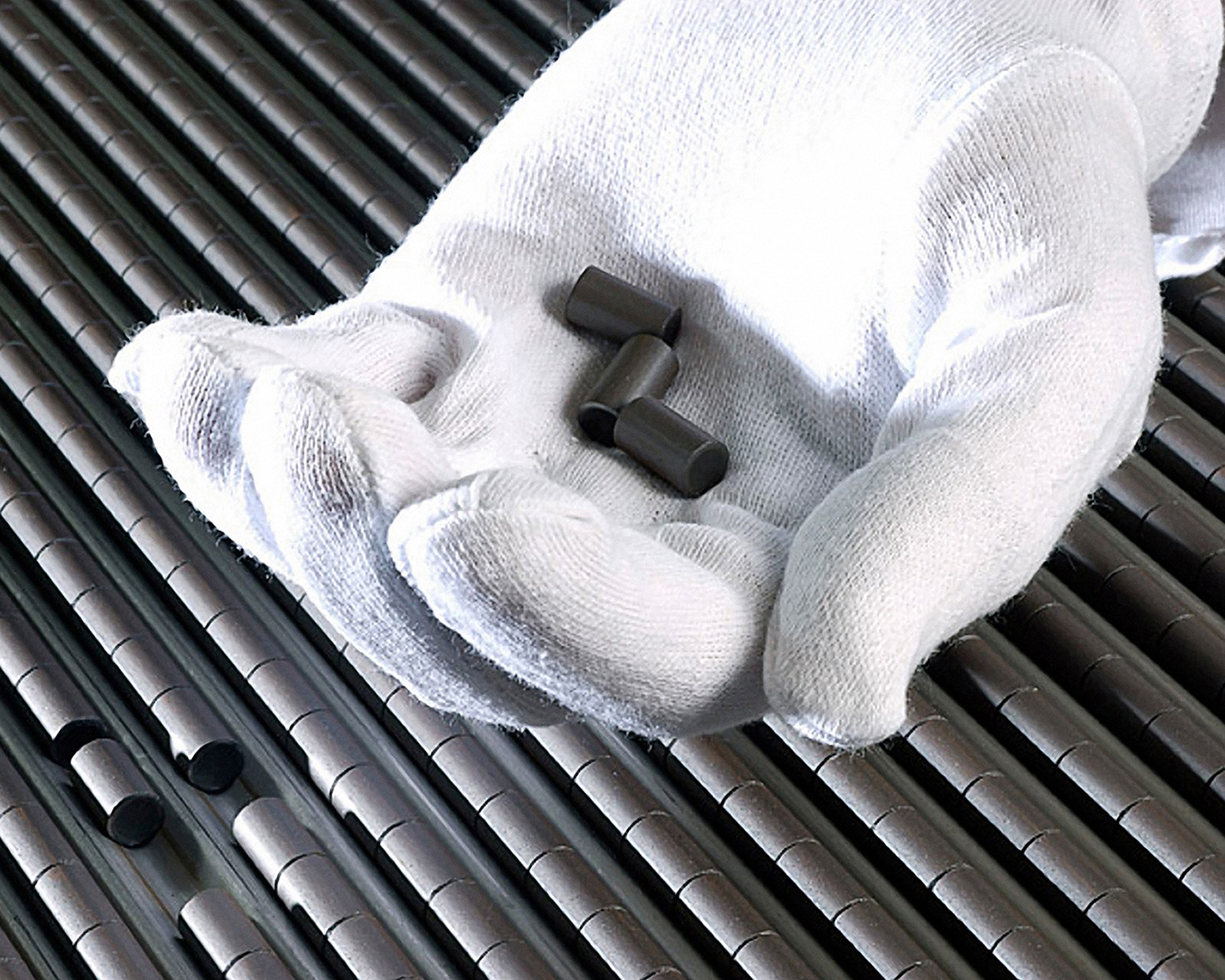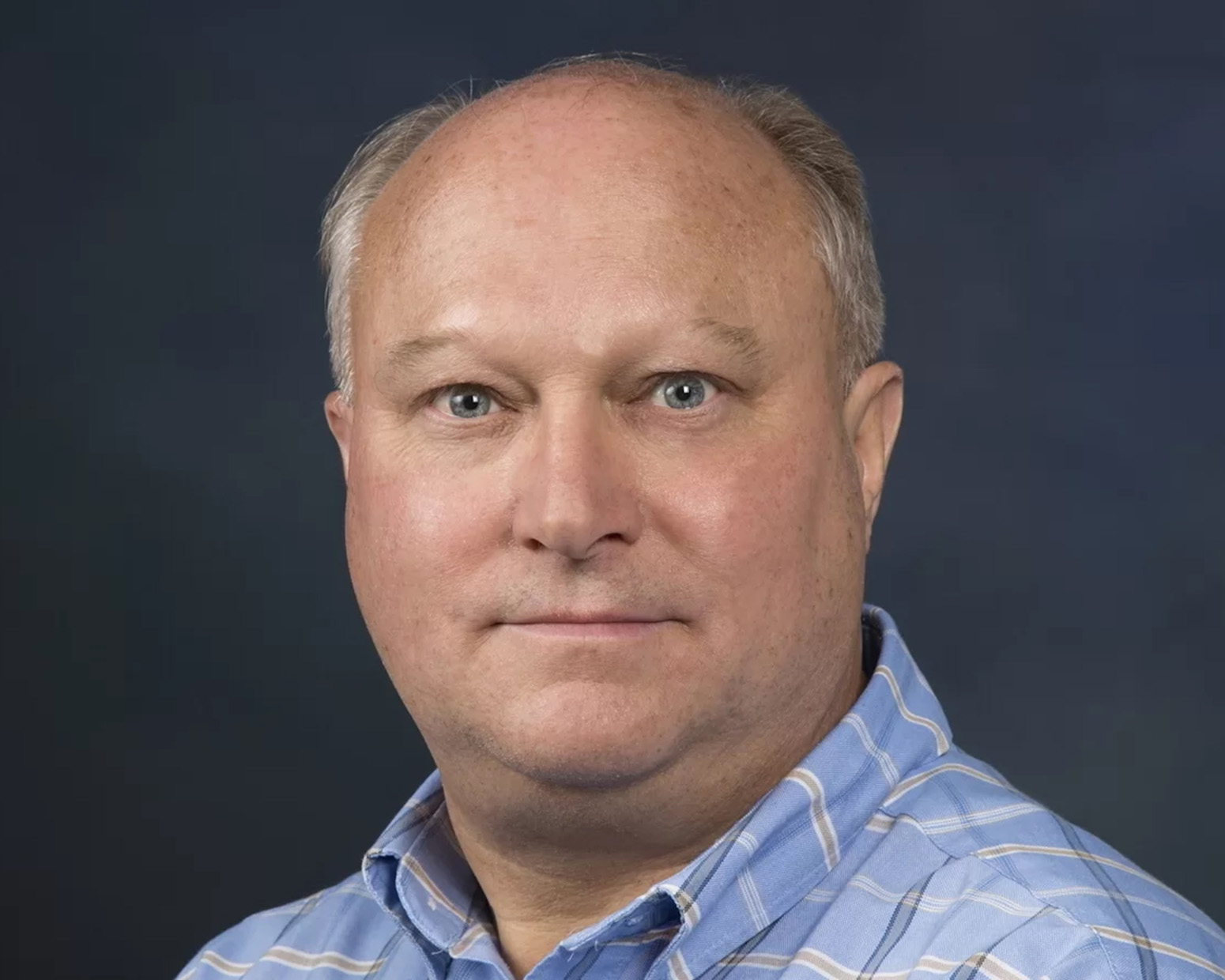A cure too soon? Theoretical model explains COVID-19 rebound
Infectious virus particles still target cells despite early Paxlovid treatment

Approved by the Food and Drug Administration in 2023 for people at risk of severe disease, hospitalization and death, nirmatrelvir-ritonavir (Paxlovid) is a widely used COVID-19 antiviral pill. While nirmatrelvir-ritonavir works best when prescribed within the first five days of symptoms, a Los Alamos National Laboratory-led study found the standard five-day treatment may not be fully effective in eradicating the virus.
Target cells vulnerable to reinfection may remain in the body and allow the virus to rebound, especially with early treatment.
Why this matters: Patients believing they have received an effective treatment can still experience a viral rebound as well as spread the virus to others. The study suggested that a 10-day regimen of nirmatrelvir-ritonavir could be more effective in reducing a person's risk of a rebound and give the body enough time to develop a robust immune response.
What they did: After learning about some patients who experienced a rebound after early nirmatrelvir-ritonavir treatment, scientists in the Lab’s Theoretical Biology and Biophysics group used a mathematical model to analyze how viral loads change over the course of infection and treatment.
- Based on data from 51 patients who underwent nirmatrelvir-ritonavir therapy at Massachusetts General Hospital, the model explained why rebound was observed in 20 of them.
- The drug is cleared from the body before an adaptive immune response can develop and residual viable viruses can rebound if there are sufficient target cells remaining, especially if the treatment is administered too early.
- The model was deemed accurate for both patients who rebounded and those who did not.
Funding: National Institutes of Health, Laboratory Directed Research and Development at Los Alamos National Laboratory, Massachusetts Consortium on Pathogen Readiness, Massachusetts General Hospital Department of Medicine
LA-UR-25-26070





